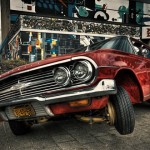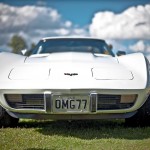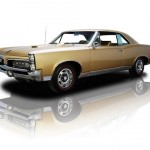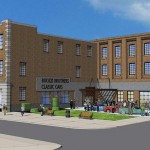
When you have a classic car, it’s important to have the right insurance policy on it. Often, standard car insurance is not going to cut it. After all, most companies base their claims on the actual cash value of the car, which factors in depreciation.A few tips will help you to get a better policy.
Be Aware of the Real Value of Your Car
Your car is calculated differently because it’s a historical or classic car. If you were to have a company provide the value based on depreciation, it might only be worth $1,000. However, you know that if it were to sell in an auction tomorrow, it could be worth $50,000 or even more. With a historical car, you must be cautious as to how the value is calculated. A professional appraisal is highly recommended.You want to make sure you get the best value for your car. In the event it is in an accident, you want your policy to provide a full replacement so you’re not out thousands of dollars because of not having the right value associated with your car.
Know the Miles You Drive Every Year
How many miles do you drive your classic car every year? In most instances, it’s probably less than 10,000 miles per year. You might only drive it to car shows or special events as a way of showing it off. Maybe you take it out on a Sunday from time to time. However, it’s not your everyday car.Knowing the mileage will make it easier to get an affordable policy.
Add More Coverage
There will be plenty of coverage options available. It’s a good idea to add more than you think you might need. It will cover you against all the “what if” scenarios. Should something happen, you will know with confidence that your policy will take care of it all.
Work with an Agent
Often, it’s easier to work with an independent agent who understands classic cars. You can rely on their expertise to talk to you about the different insurance companies as well as the coverage options. An agent can get quotes on your behalf and help you to get different discounts that you might qualify for. Your classic car is likely one of your most prized possessions. It only makes sense to have a great policy on it.









